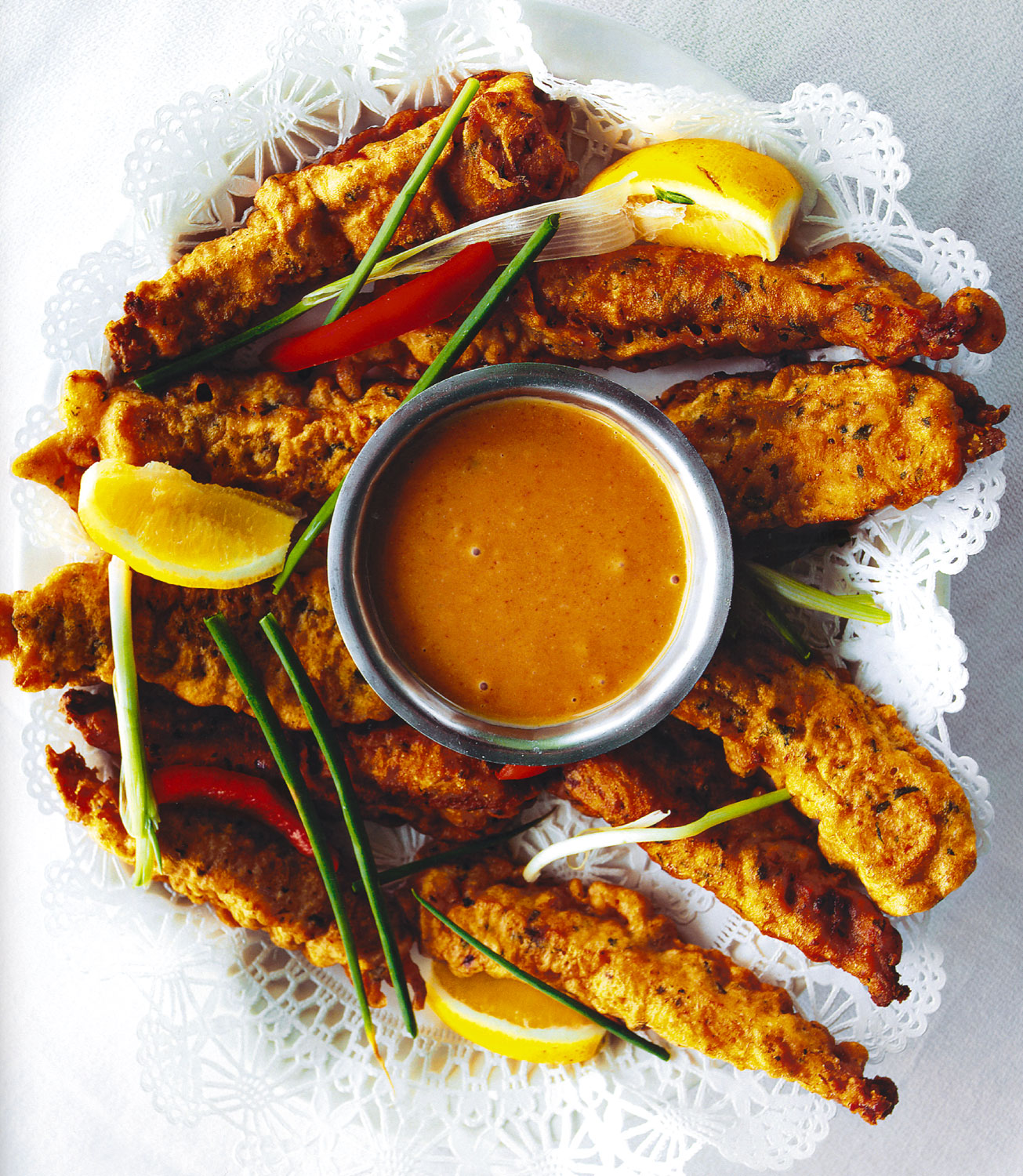Caribbean Dreams: Virgin Gorda, British Virgin Islands, Michael Wissing, Regine Hodeige
(Macmillan Education, ISBN-13: 978-1-405098-73-1, 240 pp)
Nothing is more personal, more intense and yet harder to communicate than a dream.That’s the rock on which Caribbean Dreams runs aground.
Produced by German writers Regine and Christian Hodeige and photographer Michael Wissing, it’s a lavish, full-colour, heartfelt tribute to the tropical haven they discovered in Virgin Gorda, in the British Virgin Islands.
The Hodeiges fell in love with the island over a decade ago and now own a luxury villa there. They wanted to share their passion for this tropical paradise, and recruited Wissing to translate this ardour into images.
But it wasn’t to be just another book of postcard-perfect beaches and bronzed bodies.
“We did not want,” Regine writes earnestly, “another travel book that focused on the geographical highlights and stereotypical local sights. In such a spectacular place and with such special people, we would never be able to avoid images of great beauty, but equally we knew the Caribbean was about far, far more than jet-ski beaches, limbo dancers and curiously-dressed rasta people.”
Well, they managed to avoid all of those, but with some odd results. The Hodeiges are interested in food—Christian’s contribution is a collection of recipes, as well as a single arbitrary thought on lovers rock reggae. Frau Hodeige offers some romantic thoughts on “island time”, and has looked out some picturesque quotes from Charles Kingsley.
As for Herr Wissing, he pursued his own agenda. His specialty is food photography. Hence the book features a startling number of glossy, tumescent vegetables; surreally scarlet-spotted fish; the excruciatingly detailed texture of conch fritters with the slightly nauseating pink of a strawberry sour cream sauce; the oily swirls of a crème de menthe cocktail; and so on, all portrayed in glowing Technicolor and tight close-up.
The “special people” are hoteliers and restaurateurs, interspersed not with curiously-dressed rastas but neatly uniformed public servants and suitably cute little girls in braids. From this book it would appear that these groups form the entire population of Virgin Gorda. So sparsely inhabited is it, indeed, that there is never anyone on the beach; there are no cars, roads, hotels or houses either, and other than geckos there’s no wildlife.
So Herr Wissing turned his attention instead to the light, which not unnaturally fascinated him: as well as garish food, there are endless fluffy, rosy sunsets, moody sepia seascapes, studies of wavelets running over empty beaches. They too are shot or cropped in the close-up that comes naturally to him as a food photographer.
The result is a book that, even though it depicts a very idiosyncratic viewpoint, is also strangely bland. It’s the very detail that makes it generic. There are few long shots and no landscapes to show these photographs were taken on Virgin Gorda; rather, this could be anywhere in the tropics.
All in all, then, the collection turns out to be, inadvertently, exactly what the title says: a collection of photographs—some of them very beautiful—that depict a Caribbean that exists only in the imaginations of its authors.




















